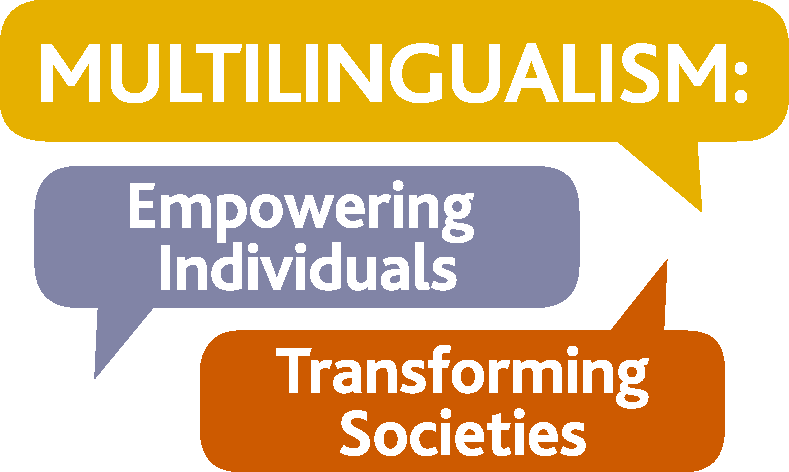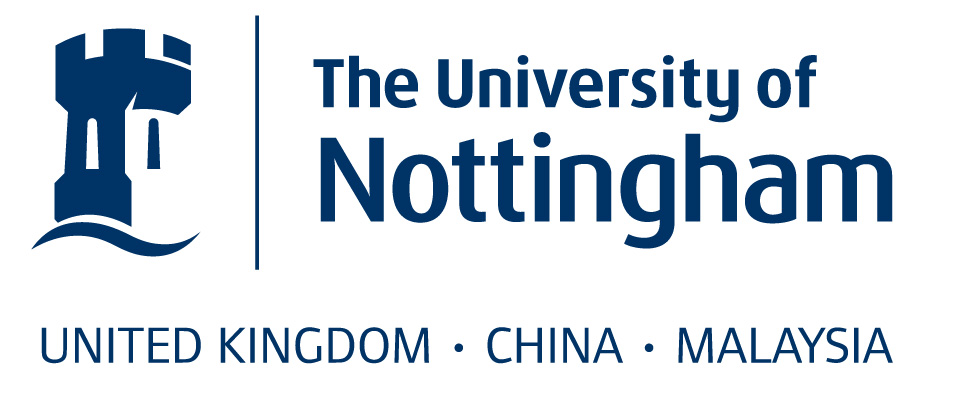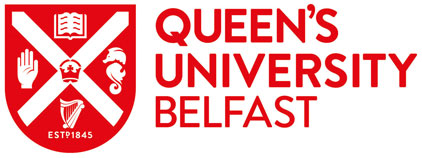As we sail towards Brexit, it is likely that the island of Ireland will soon be home to one state in the European Union and one state in the United Kingdom (UK). Hard border, soft border or no border, it is inevitable that change is ahead. In Northern Ireland (NI, part of the UK), the recent collapse of the power-sharing government has, amongst other issues, language and cultural identity at its core. In a time of much political uncertainty about the role of languages in a post-Brexit society, the launch of a languages strategy in December 2017 in the Republic of Ireland (ROI) is timely and much-needed.
Languages Connect – Ireland’s Strategy for Foreign Languages in Education 2017–2026 offers academics, teachers and policy makers much food for thought. Of the four devolved UK administrations, NI has made the least progress in making language learning a priority in the school system. The learning of a language is only compulsory at Key Stage 3 (ages 11–14), unlike in England, Scotland and Wales where languages in the primary school are enjoying a renaissance. On reading Languages Connect, it is clear that just forty miles south of Belfast, children and young people in ROI will enjoy an Irish school curriculum which puts the learning of foreign languages firmly at the fore.
In this opinion article, I intend to compare the aspirations of Languages Connect in ROI to the current (lack of) policy for language learning in NI. In 2006, the Department of Education NI did commission a research-informed languages strategy, published in 2012. However, to date, none of the very worthwhile recommendations contained within this document have been implemented and within the languages Community of Practice in Northern Ireland, there is a feeling that we need to look afresh at language learning, especially given the impending Brexit.
In ROI, all primary children achieve some degree of bilingualism as English and Irish are both official languages and taught on the primary curriculum. In NI children at primary level are educated either through English or through Irish, but not both. For the purposes of this article, I will focus on ‘foreign’ languages and not those which are indigenous to the island.
First impressions of Languages Connect
Languages Connect is research informed and generally well conceived, building on Ireland’s government policy over the last ten years. The strategy develops from a relatively small base of 80 online questionnaire responses, two focus groups and a round-table discussion. Nonetheless, practical examples for improvement are embedded in four ‘goals’; firstly to improve language proficiency by creating a more engaging learning environment, secondly to diversify and increase the uptake of languages learned and cultivate heritage languages, thirdly to increase awareness of the importance of language learning and finally to enhance employer engagement in the development of trade languages.
It is impressive to see a commitment to introducing curricular specifications for new learners of Mandarin Chinese at Leaving Certificate (equivalent of A-level) and curricular specifications for heritage speakers of Polish, Lithuanian and Portuguese. I also welcome the aim to double the number of language assistants in Ireland from 110 to 220 by 2020. Language assistants are usually undergraduate students who spend a year abroad and help class teachers to deliver language learning. The scheme provides a wonderful opportunity for pupils to learn firsthand about another culture. Being reciprocal in nature, it also affords young Irish people the opportunity to live and work abroad.
Languages Connect promotes Content Language Integrated Learning (CLIL) and this is currently being done successfully in all five Irish-medium post-primary schools in NI. It will be interesting to see how this develops in the ‘foreign’ languages classroom in ROI and whether or not the culture of accountability in high stakes assessment will allow CLIL to flourish. Headteachers will be reluctant to allow senior classes in history or geography, for example, to be taught through a foreign language.
Vive la révolution!
Despite all this positivity, the long-term sustainability of French does not come out so well. Statistics in the strategy document show that in 2016, 634 out of 730 post-primary schools presented candidates in that language for the Leaving Certificate. In comparison, 322 schools presented candidates for German and 176 for Spanish. The strategy presents ‘the traditional dominance of French in the system’ as a ‘challenge’ to language learning in Ireland and ‘the predominance of French’ is later cited as a key reason to diversify languages. In the accompanying Implementation Plan, there are quantifiable measures of increasing the number of Junior Certificate (age 14) entries in German, Spanish and Italian from 40% of the total language candidature in 2016 to 50% of the total language candidature in 2026. The Implementation Plan, thankfully, falls short of quantifying by how much French should decrease in order to make way for diversification.
In Northern Ireland, we had a government-funded Primary Modern Languages Programme (PMLP) from 2007–2015, which offered peripatetic teaching of Irish, Spanish and, subsequently, Polish in over 50% of primary schools. Many were sad to see its demise, but it was never fit for purpose and ignored French and German. We are paying the price in 2018 as French is the most rapidly declining language in terms of entries at GCSE and A-level in NI. Languages Connect is potentially dangerous for the longevity of French. My advice is to celebrate the current status of French in ROI and build upon it. The last thing teachers and pupils need is a civil war between individual languages. Teachers of French, stand up and vive la révolution!
Teacher registration
I welcome the renewed focus on the Common European Framework of Reference (CEFR) which has never garnered momentum in the Anglophone world to date. However, I am struggling with the aspiration that by 2020 language teachers will be required to provide, in addition to their university degree, independent evidence of competence of CEFR level B2.2 in all five language skills. This odd requirement potentially devalues University degrees in modern languages. A degree is the culmination of four or five years’ hard work; time spent abroad, the study of language, translation, literature, linguistics, history and culture. In short, a degree is much more than a language qualification on the CEFR and for this reason, degrees in modern languages have not been routinely mapped on to the CEFR. Headteachers could be blinkered into offering jobs to candidates with C2 on the CEFR, irrespective of degree performance or class. Will the CEFR level become more important than the degree?
In my experience of teacher education, exceptional linguists with C2 and beyond do not always equate to being exceptional teachers. Of course, the aspiration for teachers of languages who have excellent language skills should still be there, but a school teacher of modern languages needs to have three different types of knowledge to develop their personal subject construct (Banks et al. 1999). A school teacher needs subject knowledge (the language, literature, linguistics, culture, history), school knowledge (related to the content of the language taught in schools) and pedagogic knowledge. For an excellent teacher of languages, all three need to be in sync. By requiring a teacher to have a language certificate in addition to a degree in modern languages and teacher education qualification, policy makers are placing one specific aspect of subject knowledge, namely proficiency, above all other aspects of subject knowledge (culture, history, literature) as well as school and pedagogic knowledge. I would encourage practicing teachers and third-level lecturers in Ireland to consider this new requirement carefully and I would encourage policy makers to do more research and aim for a balance between proficiency, school and pedagogic knowledge.
Le dernier mot
Whilst I have highlighted a couple of areas of concern, Languages Connect is an ambitious and robust strategy. It is something to which NI should aspire. Given seismic political changes in the past two years, there is an urgent need for NI to make language learning a priority, not only to bring us in line with the rest of the UK, but also to allow our children to navigate life post-Brexit and compete with their neighbours who will take the ability to converse in three or more languages for granted. Languages Connect provides an excellent springboard for discussion.
Further Reading
Banks, Frank, Jenny Leach and Bob Moon. 1999. ‘New Understandings of Teachers’ Pedagogic Knowledge’ in Frank Banks and Jenny Leach (eds) Leaners & Pedagogy (London: Paul Chapman Publishing)
Collen, Ian, Eugene McKendry and Leanne Henderson. 2017. The Transition from Primary Languages Programmes to Post-Primary Languages Provision. (Belfast: NICILT)
Department of Education and Skills Ireland. 2017. Languages Connect – Ireland’s Strategy for Foreign Languages in Education, https://www.education.ie/en/Schools-Colleges/Information/Curriculum-and-Syllabus/Foreign-Languages-Strategy/fls_languages_connect_strategy.pdf
Department of Education Northern Ireland. 2012. Languages for the Future – Northern Ireland Languages Strategy, https://www.education-ni.gov.uk/publications/languages-future-northern-ireland-languages-strategy-final-report
Jones, Sharon, Richard Greenwood, Noel Purdy and Emer McGuckian. 2017. Review of Current Primary Languages in Northern Ireland (Belfast: Stranmillis University College) http://www.stran.ac.uk/media/media,748093,en.pdf






